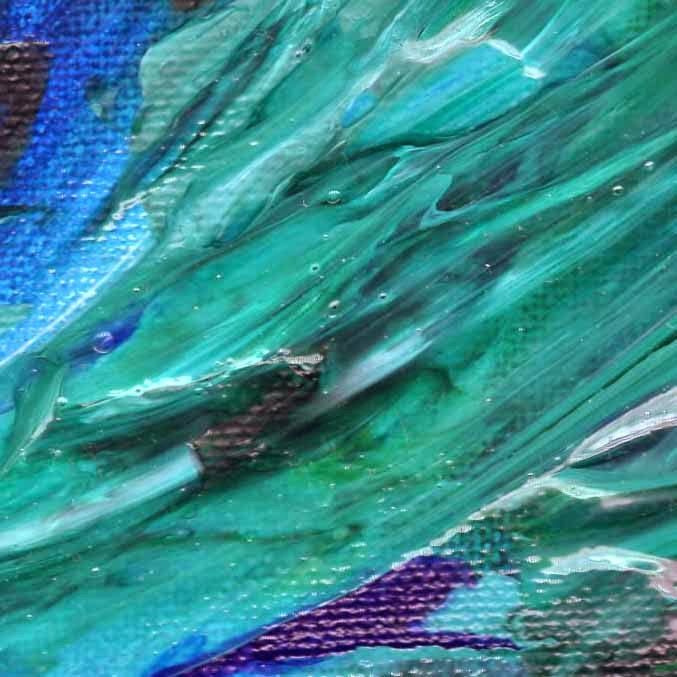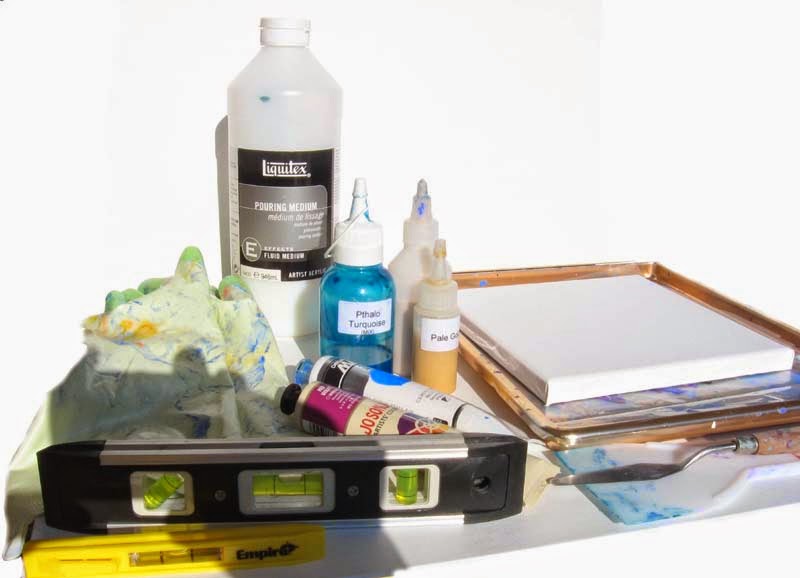 |
| Mixed Media Abstract - Acrylic Paints, FW and Liquitex Ink pours |
Subsequent layers of fluid acrylic paint and then acrylic inks until I was happy.
Hear is a close up of the centre left so you can see the different textures and colours flowing better:
 |
| Close up: Mixed Media texture using Matisse Impasto Medium, Golden Crackle Paste, & Golden Glass Bead Gel with fluid acrylic paints allowed to flow and blend naturally |











